Steps to Success when building a Community of Practice
🤩 Convening systems for maturity and development
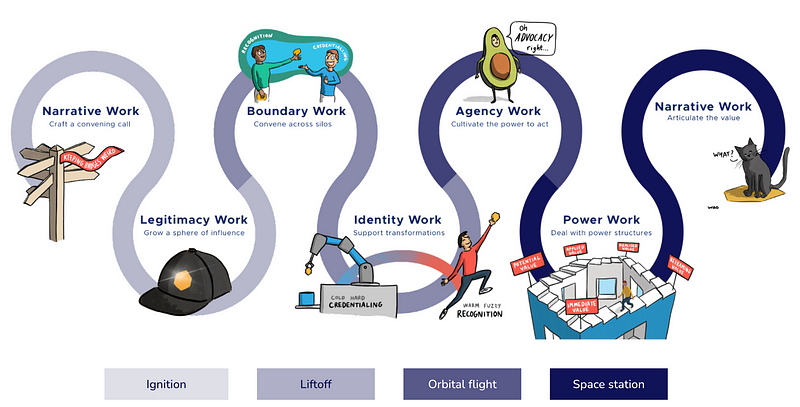
🎪 ORE is a bigger tent for the KBW community, find out more here.
Overview
This post outlines different types of work that needs to take place when planning, sustaining, and developing a Community of Practice. It is informed by work that WAO have carried out with Participate around the Keep Badges Weird community over the last 10 months.
The stages outlined below taken from an evolution of the work around a maturity model for online, networked communities and systems convening for breaking boundaries. We found that a space flight metaphor resonated more deeply than the previous one we were using, and so we have continued with as our work has developed.
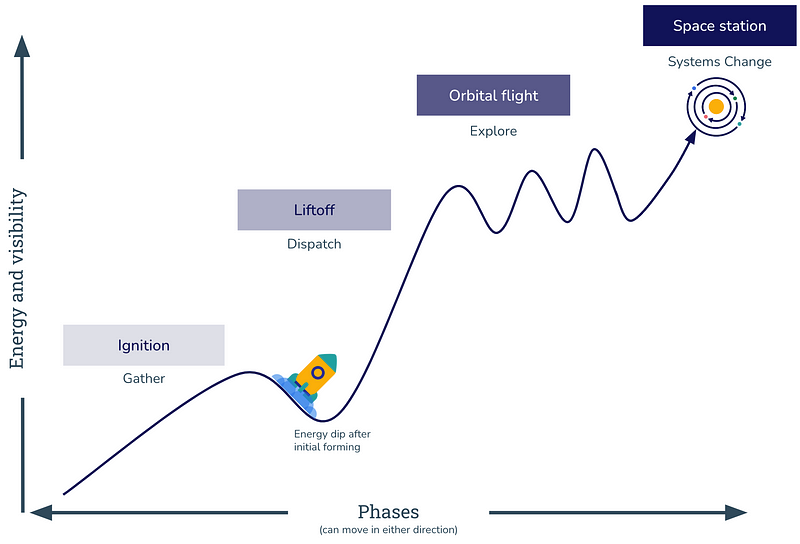
The above image plots ‘energy and visibility’ against ‘phases’ through with the community moves. Like rockets, communities need to reach escape velocity to avoid crashing back down to earth. It takes as much energy to sustain and develop communities as it does to initiate them.
This image uses the work of Etienne and Beverly Wenger-Trayner around systems convening, and maps it against stages of development taken from our space flight metaphor.
We’ll dig into each section in the main detail of the post, but it’s worth pointing out that all of these types of work are important in their own right. There are certain times at which they are crucially important, but they need to happen in some form at every stage of community development.
Step 1: Gather (aka `Ignition’)
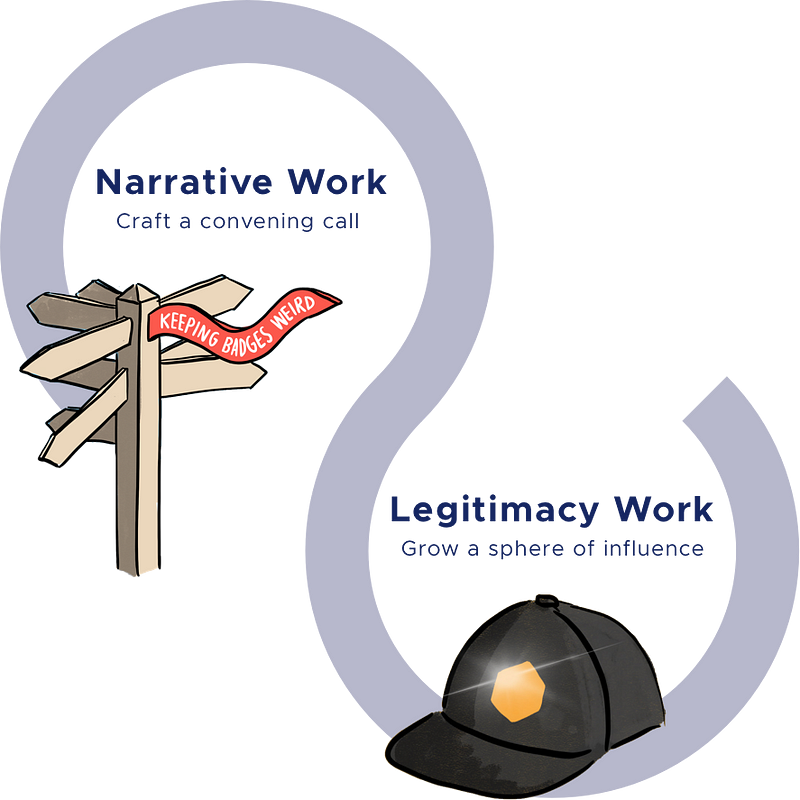
a) Pinpoint your people
- Members have a safe space to meet and communicate
- There is an idea of who the community is for
- Easy onboarding makes it simple to get started
b) Do something together
- There are regular invitations to participate in the community
- Members can get involved in different activities within the community
- There are ways of working openly that allow new members to get involved / catch up
c) Get people talking
- Community members meet regularly using agreed channels and tools
- There are backchannels and watercoolers for varied conversations
- Members are connecting with people they haven’t had the chance to before
🧰 Tools & Resources
- Quick wins to improve your Open Source community’s Architecture of Participation
- Emergent community building
- Defining the Cast
Step 2: Dispatch (aka `Liftoff’)
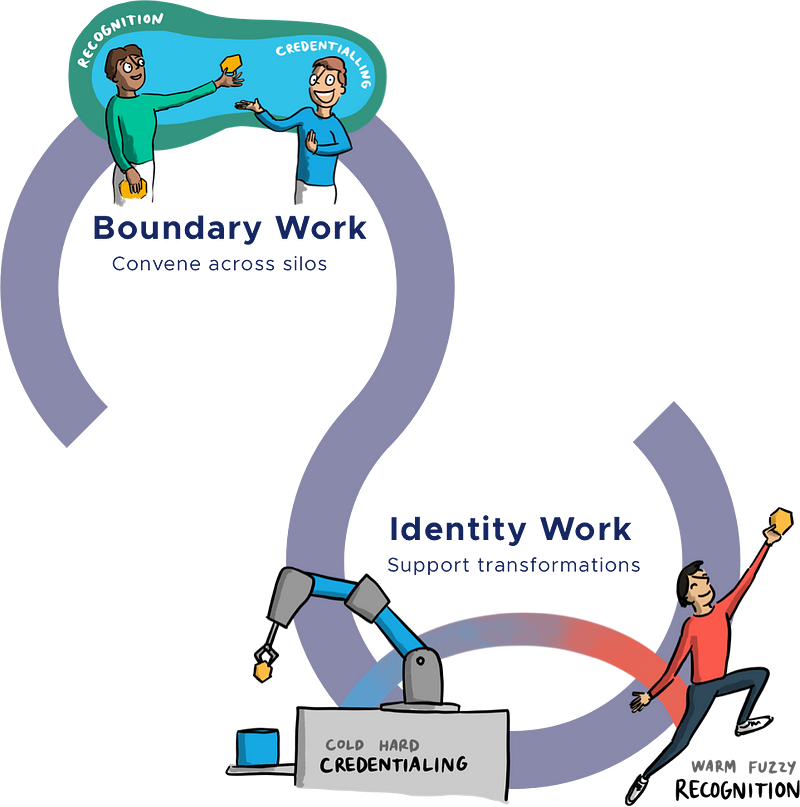
a) Attract new folks
- New members feel welcomed into the community
- Core members are motivating others to take part in the community
- Members regularly share knowledge and experiences external to the community
b) Cultivate your identity
- Members of the community have agreed on guidelines for how to interact with one another (e.g. a Code of Conduct)
- The needs of community members have been identified
- The community’s mission is clear and agreed upon
c) Pay attention to who’s showing up
- Members adopt common approaches, enabling them to do their work more effectively
- Members talk about the community to other people in their network
- The community is meeting members’ needs based on explicit feedback
🧰 Tools & Resources
Step 3: Explore (aka `Orbital Flight’)

a) Create more leaders
- Moderation responsibilities are shared among a larger group of core members
- The community has a momentum that is not reliant on one or two people
- The community has goals that members collaborate on as a whole or in smaller working groups
b) Supercharge your leaders
- Leadership responsibilities and decision-making are distributed throughout the community
- Members explicitly influence community direction and activities
- There are open-door activities with people outside of the community (e.g. show and tells, cross-community meetups)
c) Celebrate together
- Milestones relating to the community and its members are celebrated
- People outside the community advocate for it
- The community regularly creates outputs used by the wider network
🧰 Tools & Resources
Step 4: Systems Change (aka `Space Station’)
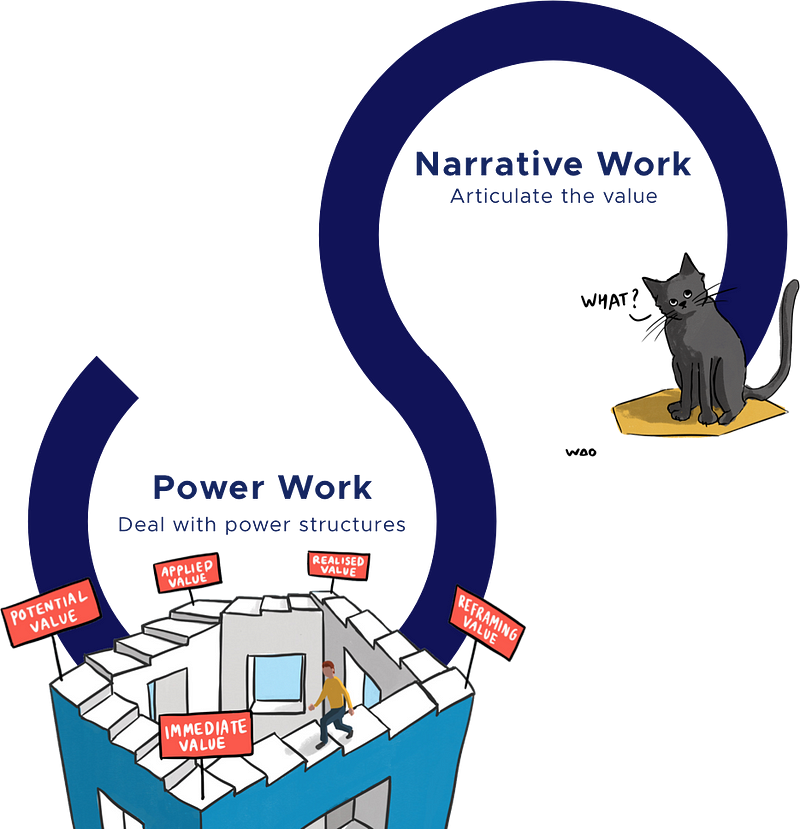
a) Connect with power
- People ask the community how to recognise others in ways that do not depend on competition or artificial scarcity
- Community members can name relevant power structures Community members know how to both leverage and resist existing power structures
b) Nourish leaders
- Leaders share their tips on networking and leveraging influence
- Leaders are close enough to their organization to have support, but separate enough to remain free to explore and innovate on their terms
- Leaders are adept at communicating the value of Open recognition
c) Tell the stories
- The community has resources to help advocates empower and motivate learners
- The community can help policy makers establish innovative policy
- Members actively search out and articulate the value they are creating
🧰 Tools & Resources
- Creating a culture of recognition
- Audience Ikigai
- How badges can change the world — Part 1: The Two Loops Model for Open Recognition advocacy
References
We work openly, and are grateful for the following inspiration:
- Community of Practice Maturity Model by Emily Webber (CC BY-NC 4.0)
- Get Together by Bailey Richardson, Kevin Huynh & Kai Elmer Sotto
- Systems Convening: A crucial form of leadership for the 21st century by the Social Learning Lab
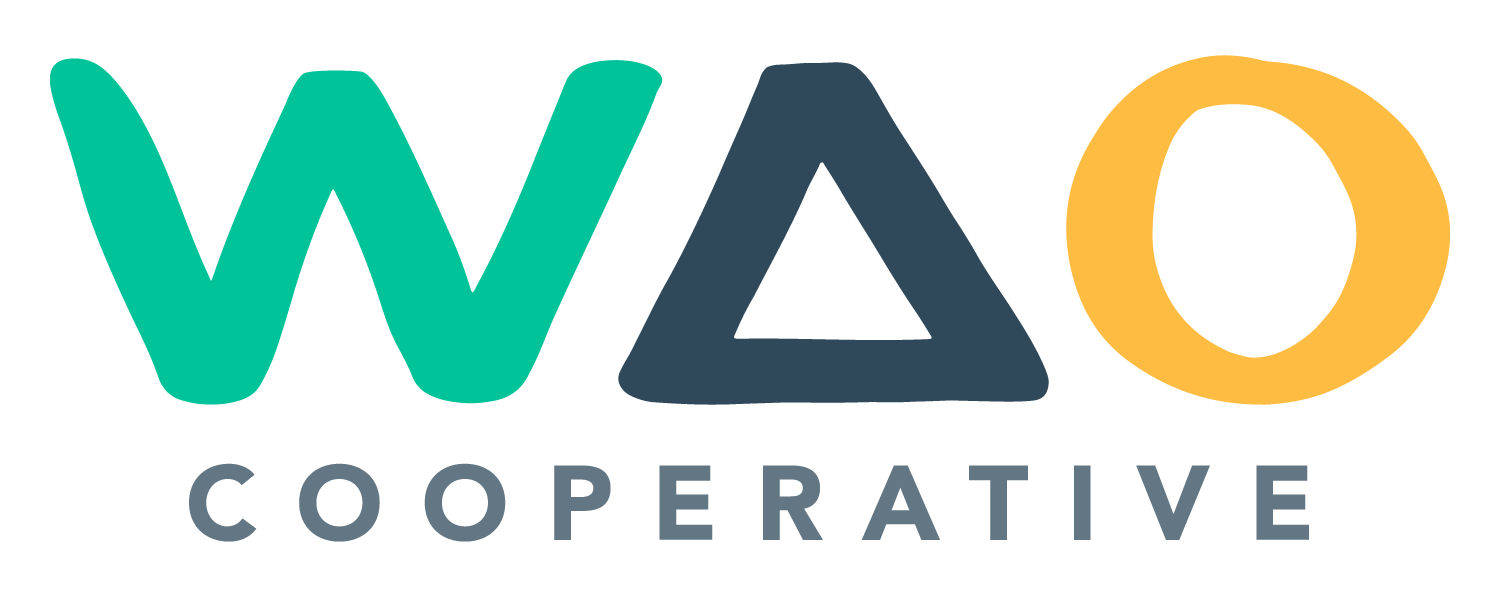
Discussion